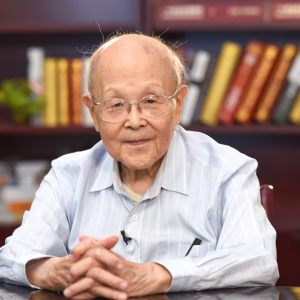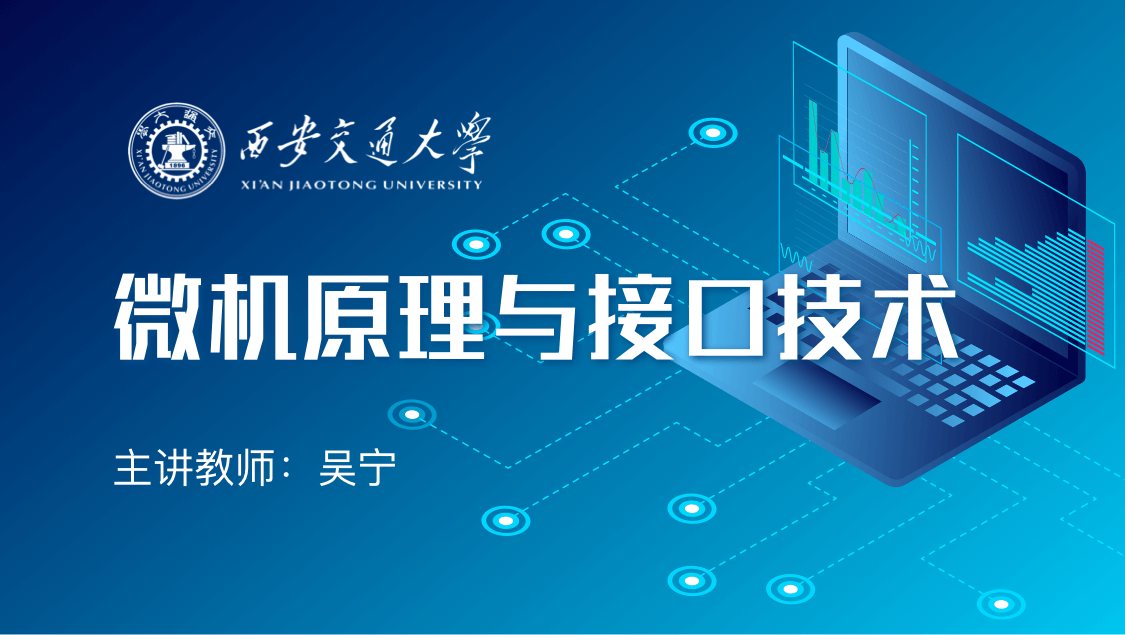
量子力学前沿选题课程:前往报名学习
课程目的是加深量子力学基础概念的理解, 并帮助学生了解更多量子力学在基础物理学和其他分支方面的重要应用. 课程帮助学生在他们选择研究方向时可以更容易通过文献阅读过程而进入课题。
开设学校:清华大学;学科:工学、
课程目的是加深量子力学基础概念的理解, 并帮助学生了解更多量子力学在基础物理学和其他分支方面的重要应用. 课程帮助学生在他们选择研究方向时可以更容易通过文献阅读过程而进入课题。
-S1.1 Algebraic method of solving the 1D harmonic oscillator eigenproblem(1).
-S1.1 Algebraic method of solving the 1D harmonic oscillator eigenproblem(2)
-S1.2 Particle number representation, particle creation & annihilation operators
-S1.3 Change of basis and dynamical variables S1.4The continuous one-particle spectrum
-S1.4 The continuous one-particle spectrum S1.5 Quantum dynamics: Time evolution
-S1.6 Density matrix & 2-particle correlation function for non-interacting Bose & Fermi gas
-S1.7 BCS wave function, Bogolinbov transformation and quasiparticle excitation(1)
-S1.7 BCS wave function, Bogolinbov transformation and quasiparticle excitation(2)
-S1.7 BCS wave function, Bogolinbov transformation and quasiparticle excitation(3)
-Homework1
-S3.2 The evaluation of path integral
-S3.3 Example: harmonic oscillator problem solved by path integral
- S3.4 Density matrix & path integral S3.5 Density matrix in statistical mechanism
-S3.6 Path integral for oscillator recalculated
-Homework 3
-§4.1 Formation of interference pattern in a double slit experiment with electrons
-S4.2 Direct Demonstration of the Complemetarity Principle by Atomic interferometry (1)
-S4.2 Direct Demonstration of the Complemetarity Principle by Atomic interferometry (2)
-S4.3 Single photon interference experiment S4.4 Multi-particle interferometry
-S4.5 Two-photon interferometer as a quantum eraser S4.6 EPR paradox & Bell theorem(1)
-S4.6 EPR paradox & Bell theorem(2)
-S4.6 EPR paradox & Bell theorem(3)
-S4.7 Experimental Verification of Bell inequality
-Homework4
-S5.1 Geometrical phase in quantum mechanism(1)
-S5.1 Geometrical phase in quantum mechanism(2)
-S5.2 Experimental Verification of the Aharonov- Bohm effect S5.3 The Abaronov-Casher effect
-S5.4 Parallel Transport, Connexion, Curvature & Anholonomy
-Homework5
-S6.1 Schroedinger's harmonic oscillator wave packet S6.2 Coherent states
-S6.3 Circular orbit wave packet of H atom S6.4 SO(4) Dynamical symmetry of H atom
-S6.5 Principle of superposition and the quantum decoherence
-S6.6 Decoherence caused by interaction with environment
-S6.7 Schrödinger’s cat realized in the laboratory
-S6.8 Wave function with a macroscopic significance
-Homework6
-S7.1 Spin wave theory in Heisenberg model
-S7.1 Spin wave theory in Heisenberg model(2)
-S7.3 1D quantum AFM chain & Topological phase factor
-S7.4 Lieb-Schultz-Mattis theorem
-S7.5 Significance of topological term
-Homework7
-S8.1 Interaction between radiation fields & the atom(1)
-S8.1 Interaction between radiation fields & the atom(2)
-S8.2 The Jaynes-Cummings model S8.3 Suppression & Enhancement of spontaneous
-S8.5 Inverse Stern-Gerlach Effect S8.6 The atom-cavity dispersive phase shift effect
-S8.7 Ramsey interferometer: the atomic clock
-S8.8 Detecting photons with a Rydberg clock S8.9 Schrodinger cat and decoherence S8.10 The Dark sta
-S8.11 Dicke Model and Phase Transitions(1)
-S8.11 Dicke Model and Phase Transitions(2)
-S8.11 Dicke Model and Phase Transitions(3)
-S8.11 Dicke Model and Phase Transitions(4)
-Homework8
-S9.1 Quantum Hall: Classical S9.2 Electrons in uniform magneti field, the Landau level
-S9.2 2D problem under strong magnetic field
-S9.3 The integer quantum Hall effect(1)
-S9.3 The integer quantum Hall effect(2)
-S9.3 The integer quantum Hall effect(3)
-S9.4 The fractional quantum Hall effect
-S9.4 Quantum anomalous Hall effect(1)
-S9.4 Quantum anomalous Hall effect(2)
-S9.5 Quantum spin Hall effect
-Homework9
-S10.1 Introduction S10.2 Order parameter and phsae coherence(1)
-S10.2 Order parameter and phase coherence(2)
-S10.3 Gross-Pitaevskii equation, ground state and excitations
-S10.4 The superfluid face of BEC
-S10.5 BEC in double Well & Josephson effect
-S10.6 Quantum phase transition
-Homework10
张礼教授,理论物理学家,祖籍安徽祁门,出生于天津。1946年毕业于辅仁大学。1956年获苏联列宁格勒大学数理科学副博士。曾工作于列宁格勒大学物理研究所;1963年于丹麦哥本哈根理论物理所做研究;1980年于美国加州理工学院进行研究。曾任清华大学工程物理系系主任、教授,清华大学物理系系主任、教授,退休后返聘于清华大学高等研究院。现讲授清华大学研究生量子力学前沿问题等课程。曾获得2013年周培源理论物理学奖。 曾在电子系统中正电子的定矿局和湮灭问题的研究,高能质子碰撞,介子形状的量子色动力学修正,双深信光子过程的QCD修正,玻色爱因斯坦凝聚等做出成果。目前的主要研究方向为冷原子和量子气体。 编著《低能光核过程》、《近代物理学新进展》、《量子力学前沿问题》等物理教材。翻译作品包括《时间简史》、《可畏的对称》与《爱因斯坦的宇宙》(原名《老人的玩具》)等著名的科普读物。
